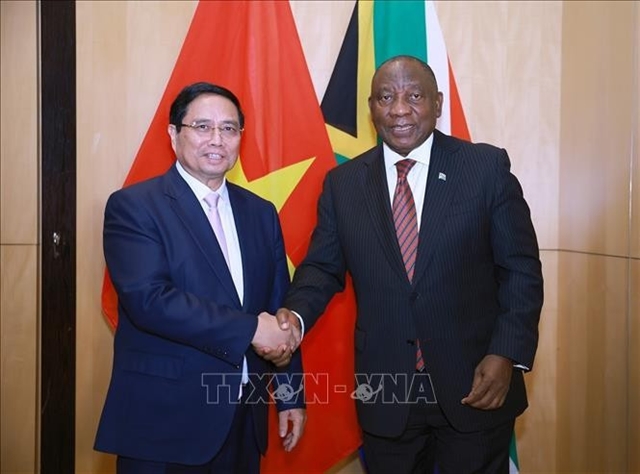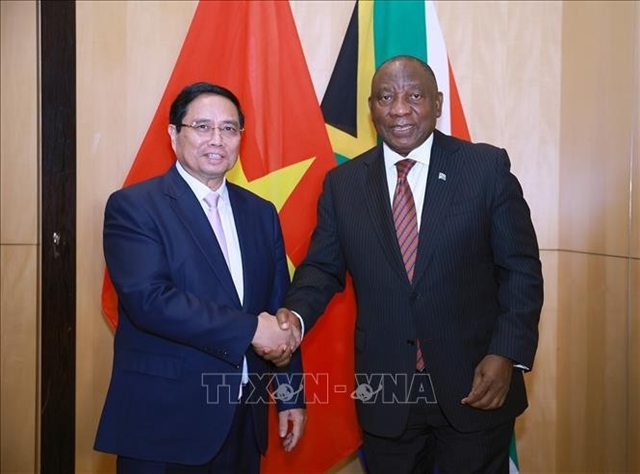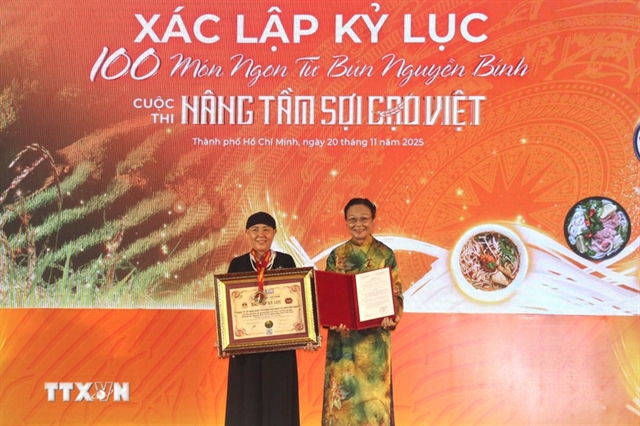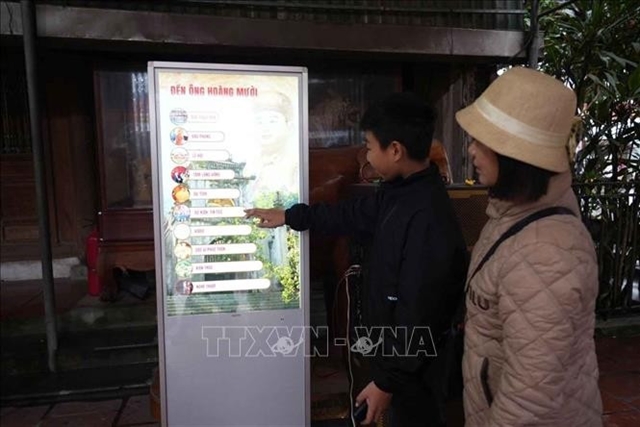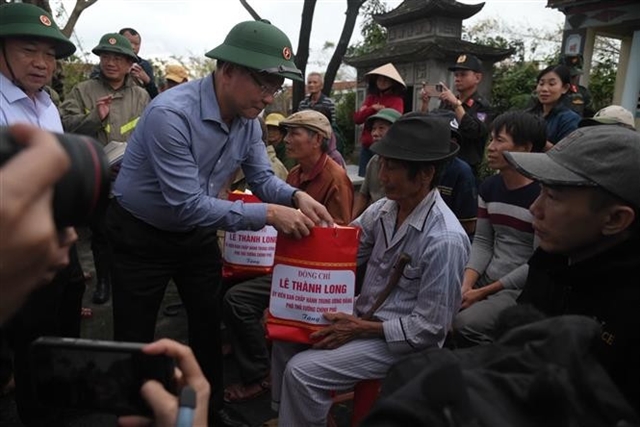 Society
Society

The Cửu Long (Mekong) Delta province of Trà Vinh will spend nearly VNĐ48 billion (US$2 million) from central Government funds to implement Programme 135 this year, its Ethnic Minority Affairs Board has said.
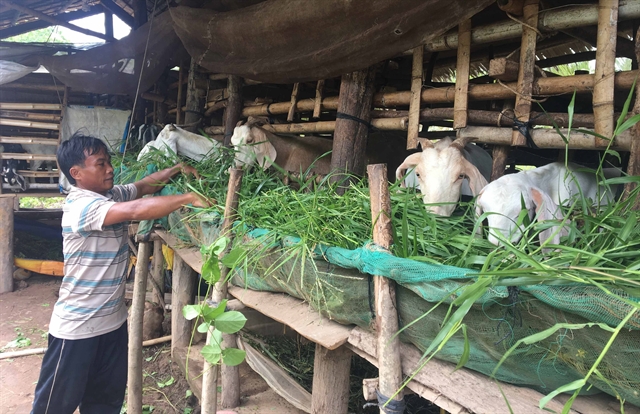
|
| A farmer feeds his goats in Trà Vinh Province’s Duyên Hải District. The province’s support programmes for the poor and the Government’s Programme 135 have helped many households escape poverty in recent years. — VNA/VNS Photo Thanh Hòa |
TRÀ VINH — The Cửu Long (Mekong) Delta province of Trà Vinh will spend nearly VNĐ48 billion (US$2 million) from central Government funds to implement Programme 135 this year, its Ethnic Minority Affairs Board has said.
Nearly VNĐ36.5 billion will be used to build infrastructure, VNĐ9.5 billion to create models for developing production, diversifying livelihoods and reducing poverty and the rest to improve the capacity of communities and officials to implement the programme.
Launched by the Government in 1998, the programme aims to lift extremely disadvantaged communes in remote and mountainous regions out of poverty and underdevelopment.
Trà Vinh has 23 communes and 10 hamlets in eight communes classified as extremely disadvantaged, and they benefit from it.
The province plans to build or upgrade 71 infrastructure works in those places related to irrigation, roads, water and power supply and cultural houses this year.
It will also implement 42 models for breeding cows, chicken, ducks, and other livestock and growing crops to develop production, diversify livelihoods and reduce poverty.
Kiên Banh, deputy head of the board, said last year the province spent more than VNĐ52.5 billion ($2.23 million) to build and upgrade 105 infrastructure projects and support 700 poor families and ethnic Khmer households under the programme.
Besides Programme 135, Khmer households also benefit from other support programmes that provide them with housing land, soft loans and assistance with legal and other issues, he said.
They have helped to reduce the province’s poverty rate from 5.9 per cent in 2018 to 3.22 per cent last year, according to the board.
The province plans to reduce its poverty rate by at least 1.5 percentage point this year, and the poverty rate among the Khmer from 5.22 per cent last year to 2-3 per cent.
Some 32 per cent of the province’s population of more than 1 million are Khmer, the second highest number in the delta after only Sóc Trăng Province. — VNS

